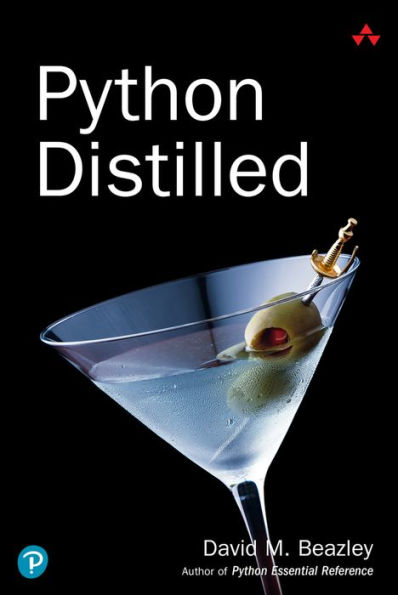Python educator Dave Beazley’s concise handbook focuses on the essential core of the Python programming language, with code examples to illuminate how Python works and how to structure programs that can be more easily explained, tested, and debugged. Rather than trying to cover every possible feature and quirk of a 30-year-old language, this pragmatic guide provides a concise narrative related to fundamental programming topics that form the foundation for Python projects of any size including
- Data abstraction
- Control flow
- Program structure
- Functions: master functions and functional programming idioms
- Objects: control objects and master the "protocols" that define their behavior
- Modules: plan for project growth by understanding modules and packages
- Generators
- Classes: understand classes from both high-level and technical perspectives
- I/O handling: proper techniques and abstractions
- Dicts
"This is a pragmatic book that presents some of the most important topics about the Python programming language in a concise form, designed to make it easier to find out the most relevant information bits in a context where resources abound and frequently are just too overwhelming."
—Victor Domingos, Software Developer, Slim Business Solutions, The No Title® Tech Blog
Python educator Dave Beazley’s concise handbook focuses on the essential core of the Python programming language, with code examples to illuminate how Python works and how to structure programs that can be more easily explained, tested, and debugged. Rather than trying to cover every possible feature and quirk of a 30-year-old language, this pragmatic guide provides a concise narrative related to fundamental programming topics that form the foundation for Python projects of any size including
- Data abstraction
- Control flow
- Program structure
- Functions: master functions and functional programming idioms
- Objects: control objects and master the "protocols" that define their behavior
- Modules: plan for project growth by understanding modules and packages
- Generators
- Classes: understand classes from both high-level and technical perspectives
- I/O handling: proper techniques and abstractions
- Dicts
"This is a pragmatic book that presents some of the most important topics about the Python programming language in a concise form, designed to make it easier to find out the most relevant information bits in a context where resources abound and frequently are just too overwhelming."
—Victor Domingos, Software Developer, Slim Business Solutions, The No Title® Tech Blog

Python Distilled
352
Python Distilled
352Paperback(5th ed.)

Product Details
| ISBN-13: | 9780134173276 |
|---|---|
| Publisher: | Pearson Education |
| Publication date: | 09/22/2021 |
| Series: | Developer's Library |
| Edition description: | 5th ed. |
| Pages: | 352 |
| Product dimensions: | 6.90(w) x 9.00(h) x 0.80(d) |
